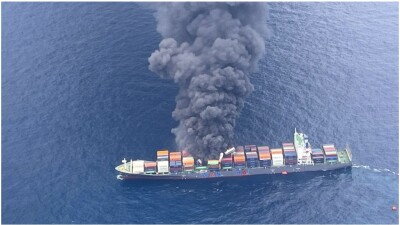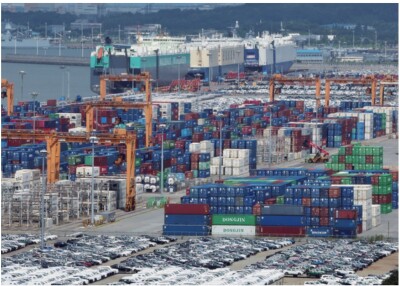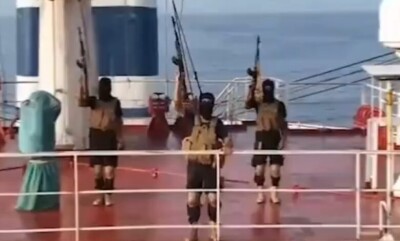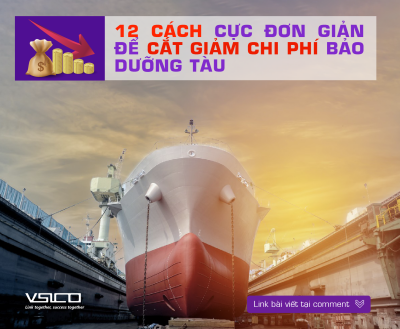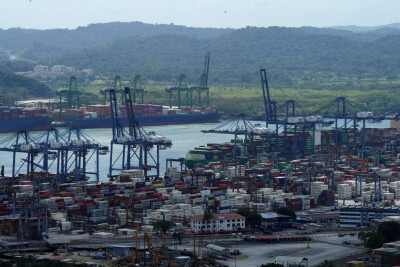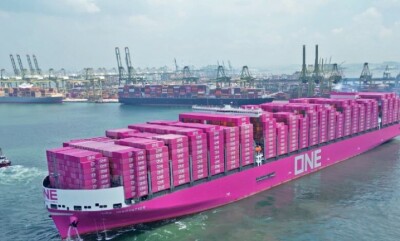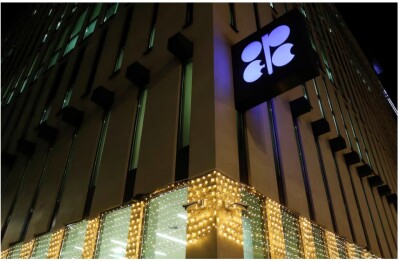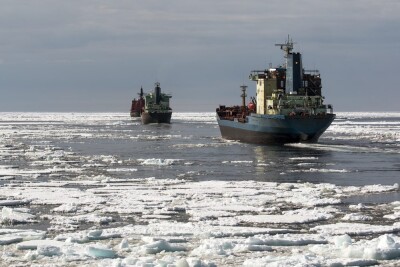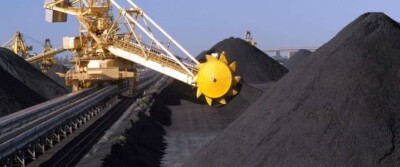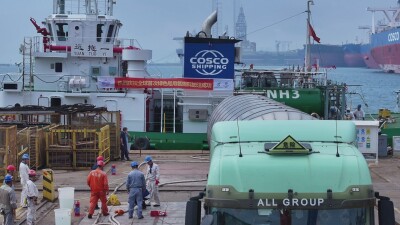Coal Blast Rocks Bulk Carrier Off Baltimore
A Liberian-flagged coal carrier erupted in an explosion on Monday while transiting the Patapsco River near the demolition site of Baltimore’s Francis Scott Key Bridge.
The 751-foot W Sapphire, which had just loaded coal at CSX’s Curtis Bay terminal, was beginning its voyage to Mauritius when the blast tore through the ship at around 6:30 p.m. local time. Former Port of Baltimore CEO William Doyle confirmed to gCaptain the vessel’s loading location and cargo.
City officials say the explosion has been fully contained. All 23 crew members are safe and accounted for.
Slow Flow of Information
Details on the blast have been slow to emerge. Unlike major ports such as New York and Los Angeles, Baltimore does not operate a Vessel Traffic Service (VTS) essentially air traffic control for ships.
A VTS system was discussed in the wake of last year’s Key Bridge collapse but, 17 months later, the public Marine Investigation Hearing that would review lessons learned has still not been scheduled by the NTSB and Coast Guard.
Coal: A Cargo With a Deadly History
Coal has long been one of the most dangerous cargoes at sea. In the 19th century, more ships were lost carrying coal than any other commodity. The risks came primarily from two hazards: spontaneous heating and combustion through oxidation, gas explosions caused by methane emissions trapped in ship holds, and coal dust igniting.
As early as 1753, mariners were warning about the dangers of sulfur-laden coal igniting in transit. By the late 1800s, Royal Commissions in Britain and Australia, along with insurance underwriters at Lloyd’s, investigated repeated tragedies. Their recommendations were clear: avoid wet coal, prevent breakage into small pieces that form dust or oxidize quickly, and ensure proper ventilation in every hold.
Yet disasters continued. In 1878, the steamship Richmond exploded off Spain after newly mined coal emitted gases that ignited once her hatches were battened down in heavy seas. Countless other vessels suffered the same fate. As one government inspector warned: “The hold of a ship laden with coal is simply a great gas-holder … exposing the lives of the persons on board and the ship to destruction.”
Today marine authorities continue to warn that coal remains one of the most dangerous bulk cargoes at sea. Under the IMSBC Code, coal must be carefully monitored for self-heating, methane buildup, and liquefaction risks. Cargo hotter than 55°C should be rejected outright, and gas sampling of oxygen, carbon monoxide, and methane is essential during transit. The UK P&I Club recently sounded the alarm on U.S. East Coast coal shipments producing dangerously high methane emissions, while insurers stress that liquefaction and “dynamic separation” remain leading causes of bulk carrier fatalities.
“The Club is aware of a number of incidents, involving coal cargoes from the East coast of the USA, which were emitting dangerously high levels of methane,” said Petar Modev,
Head of Ship Inspections for UK P&I Club late last year. “On occasions, the ship’s holds natural ventilation was not sufficient to remove the excessive methane concentrations.”
Baltimore Still Reeling
The explosion comes against the backdrop of ongoing demolition at the Francis Scott Key Bridge, which collapsed last year when the container ship Dali struck its support pier, killing six construction workers. The Port of Baltimore remained closed for months, and a replacement bridge is not expected before 2028.
Now, with W Sapphire still afloat but scarred, the incident raises new questions about port safety, fire response readiness, and the hidden dangers of bulk cargoes that continue to fuel global trade.
But the real scandal is this: a year and a half after the Dali disaster, Baltimore still lacks a VTS system and the Coast Guard and NTSB have not even scheduled public hearings on what lessons should have been learned. That silence isn’t just frustrating, it’s dangerous. Because without a full hearing, the city’s port will not be able to fully discover the lessons learned.
News




